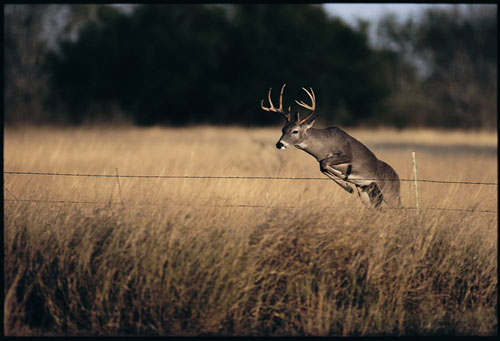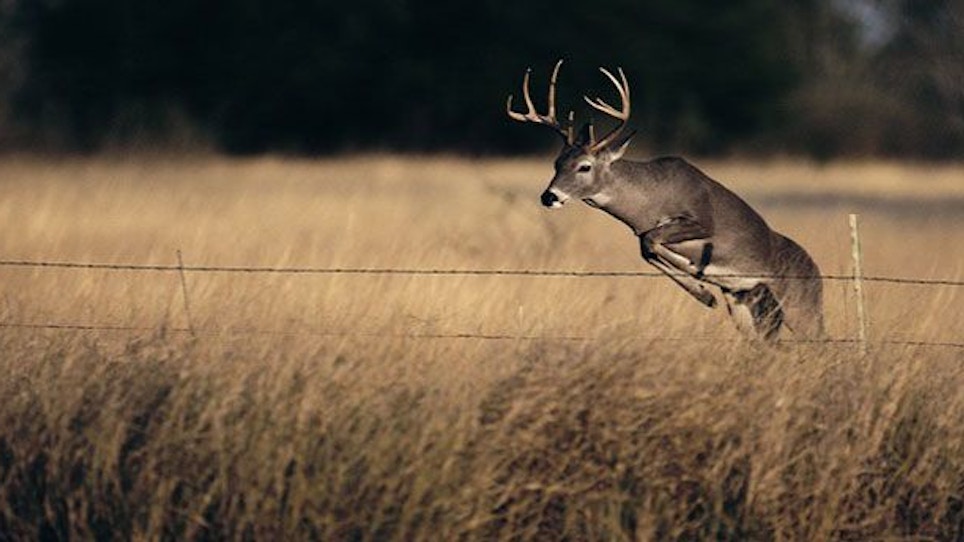Previously: Practice Makes Perfect
 Bowhunting Fence Rows—The Bottom Line
Bowhunting Fence Rows—The Bottom Line
Greg Pyle offers these tips for and advantages of hunting fence rows:
1. Begin fence row scouting in January and February. There is less vegetative obstruction this time of year and with snow on the ground it is easier to judge deer movement.
2. Wind bothers deer in the big woods because they can’t distinguish potentially dangerous or predatory movement clearly. Even in strong winds, deer move confidently along fence rows.
3. When traveling between feeding and bedding areas, deer tend to hold close to fence rows when they can. While bucks will travel anywhere in wood lots, they generally stay within 50 yards of a fence row.
4. Deer use fence rows to cloak their movements when escaping from pressure.
5. Fence rows contain an amazing number of scrapes and rubs.
6. Even though they may be a half-mile apart, fence rows or small, brushy creek lines between wood lots or thickets are superb deer runways.
7. Hunting fence rows creates additional options for your hunting. You can see farther and in a few days of hunting it is easier to understand the dynamics of deer movement in your area.
8. A fence row between or connecting posted properties can be an excellent spot for an ambush.






